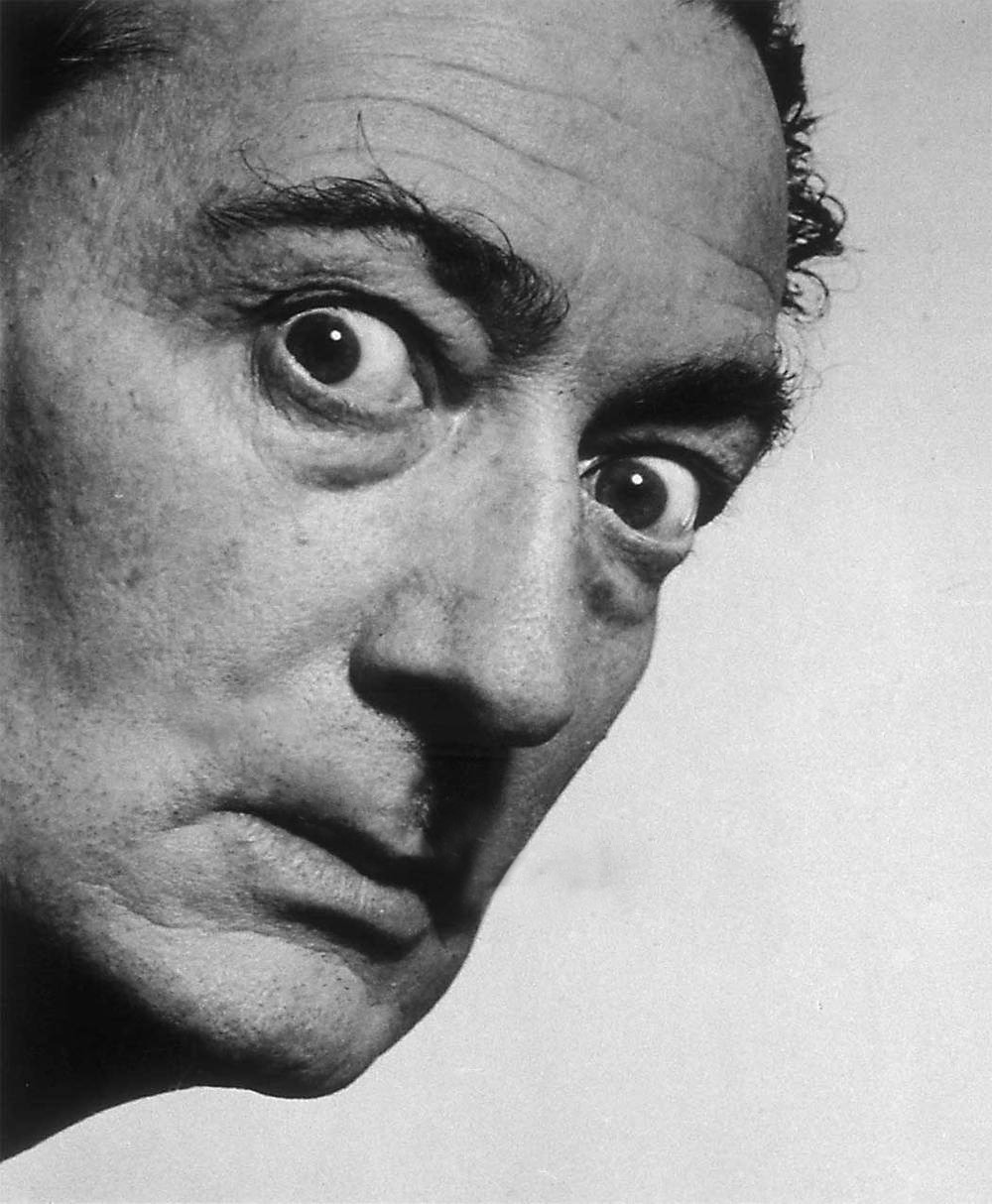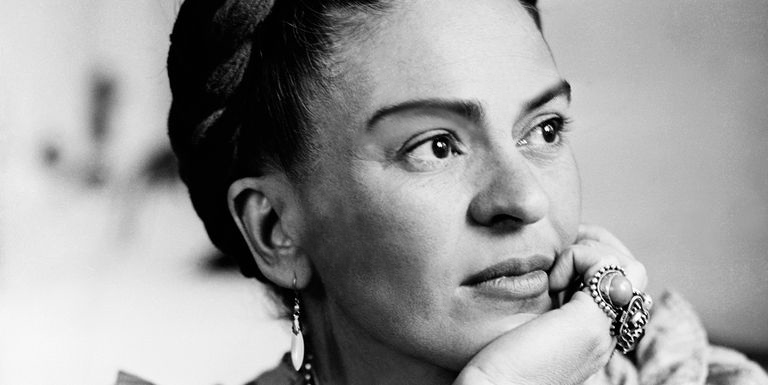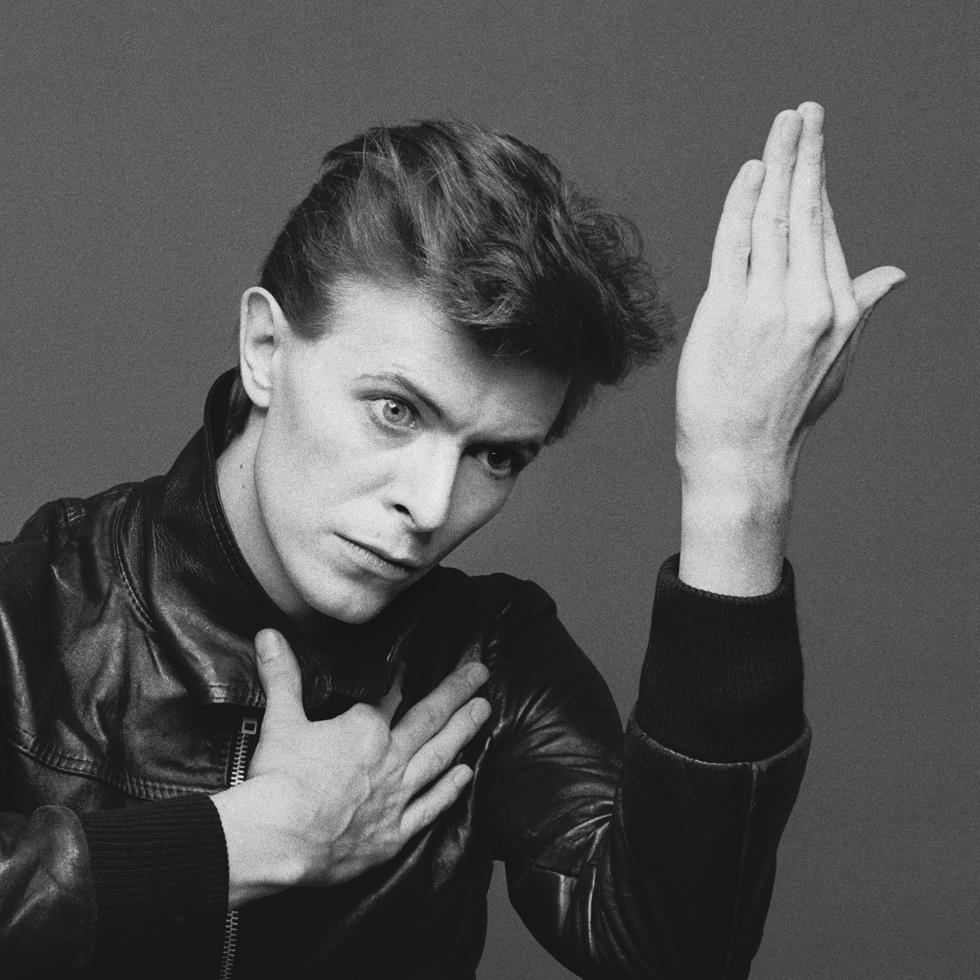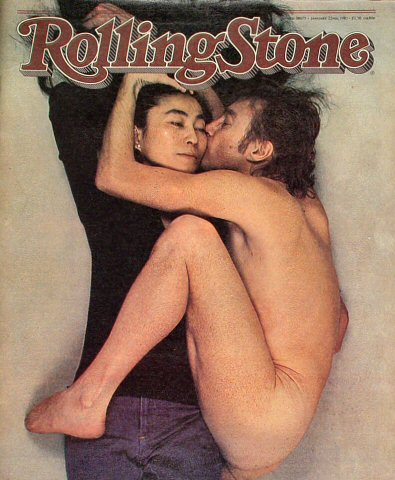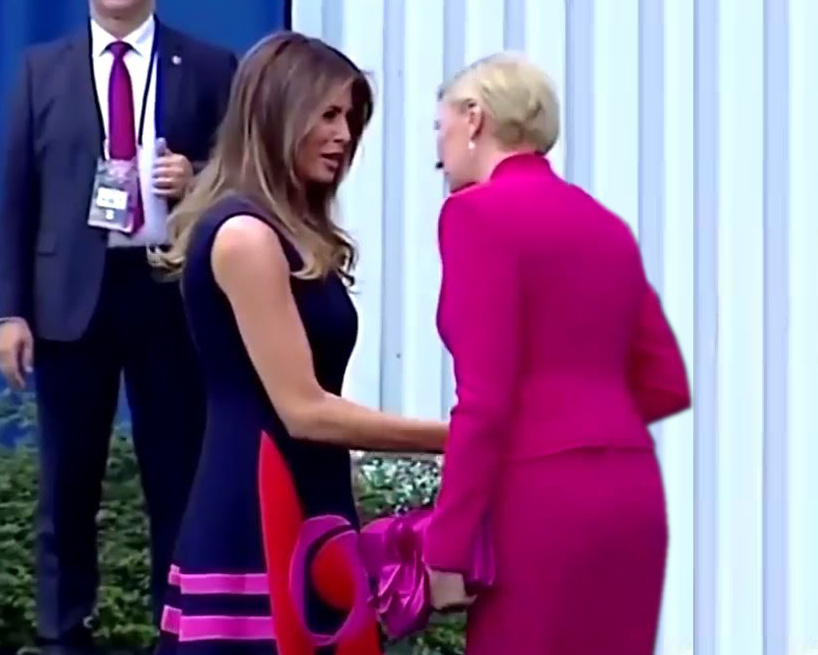For the Erasure Art project, we took images that were well known or had some famous meaning behind them and virtually "erased" some part of it so that it took on new meaning. This was another postmodern project, as we were taking already existing imagery and recreating them to take on new form. I used the program Adobe Photoshop, which I was already pretty familiar with and use on an almost daily basis for my job as a photographer. Although this type of art comes naturally to me, it was interesting to use it in this way. I feel that it is important to teach students how digitally manipulating photographs can affect their meaning and emphasis. Photoshop and those like it can be an effective and amazing tool but it also can be a dangerous one. It is important for students to learn not just the positive aspects of the tools they can use, but also how they can be used for bad things as well. This emphasizes critical thinking and value judgments that must be addressed at a young age or we risk perpetuating poor choices in art and in life into the future.
1. For my first image, I chose a pretty famous photograph of an even more famous artist -- Salvador Dali. I feel like he is known for his quirky personality which is personified in his overly ambitious moustache. In his second photo, I took the moustache out, rendering him practically unrecognizable. When an artist is known for his facial hair, it seems like removing this part almost removes his personality, and I wonder if someone's looks are often more important than what they have done. Perhaps not in this case, but it is an interesting thought to have.
2. For my second image, I repeated the removal of facial hair in another famous artist - Frida Kahlo. Although she was much more than her facial hair, she was known for not removing her overgrown eyebrows or lip hair in a sort of feminist statement against the patriarchal practice of women being expected to remove all extraneous body hair. In the second image, I reversed it, thus robbing her of her most highly visible trait. It is less about her personality (although that is part of it) and more about making a statement about how making her look like a typical woman removes some of the power she had as a very atypical one.
3. For my third image I used the cover of one of my favorite albums - Heroes by David Bowie. The erasure of his mouth in the second image which I titled "No More Heroes," has a few different meanings. Originally, I started to make it as a symbol of his silenced voice after he passed away. He has always been a hero of mine and after his death, his music and his presence have been "silenced" in my life. So in that, I quite literally mean no longer will he sing "Heroes" and no longer do I have one of my heroes in my life. 2016, the year of his passing, was also the year that a lot of celebrities passed away, including Prince, George Michael and Carrie Fisher, just to name a few. It is almost as if a piece of my childhood dies when one of the celebrities I have known and grown up with for so long leaves this earth, and that year was a big one for the death of heroes. It also marked the year in which Donald Trump was elected president. Usually, the president of the United States, is often seen as a "hero" or a larger than life icon of dignity. In this case, not so much. Whatever your political leanings are, there is no denying that controversy has surrounded this presidency from the beginning and the respect usually garnered by someone in that position has been all but annihilated. No more heroes.
4. For my fourth image I chose another iconic music image. The photo of a nude John Lennon kissing Yoko Ono, who is fully clothed. The image was taken for the cover of Rolling Stone by Annie Leibowitz in 1980, on the day John Lennon died. At the time, she wanted them both to be nude, but Yoko refused. When she showed them the polaroid proof, John said she had captured their relationship perfectly. The image has a lot of layered meaning, since it was one of the last photos of Lennon taken, and also has undertones of feminism, since it puts the powerful male figure in a vulnerable position of being naked, in the fetal position, and kissing the female on the cheek, who is clearly the more powerful one in the photo. It also has a sad feeling, as if he is kissing his wife goodbye. For my image, I took out Yoko Ono, leaving only a vulnerable and naked John Lennon kissing nothing. What is left behind is sort of a smashed, deformed figure, that loses all meaning and makes the image even sadder. It makes him an anonymous body, someone that would not necessarily be on the cover of a magazine, and it strips the photo of its power, male or female, almost as Mark David Chapman did on that day. He robbed the world of the power that was this couple.
5. The last image I edited was a more modern photo, taken last year when Don and Melania met the Polish President and his wife. This is a still from a video in which Trump extends his hand to shake the wife of the prime minister's hand, and she bypasses him to shake Melania's hand first. Although it was looked at it as a humorous rebuff of the president, she did actually end up shaking his hand and probably did not notice his gesture in the first place. However, his face as he gazes upon the women shaking hands as if they jumped in line ahead of him at the cotton candy booth at a street fair speaks volumes about the way our current president conducts himself. I took it upon myself to take him out the picture entirely. I entitled this one "If Women Ruled the World" and realize this picture would take on so much more meaning and power if he was never even in it. Instead of a glib meme, it would have been a historic meeting of two powerful females.
Using programs like Photoshop to enhance artwork can considerably modify the way we create and view artwork. Just like glitch art, erasure art is a great way to get students to start thinking critically about the power of imagery and how we can influence others with it. I would be interested in teaching students first to create their own story telling images and then use erasure to change their stories as well. Although I think its important to critically examine historic and famous imagery, bringing it to a more personal level for students can really drive home how imagery can be used for good and for bad.



